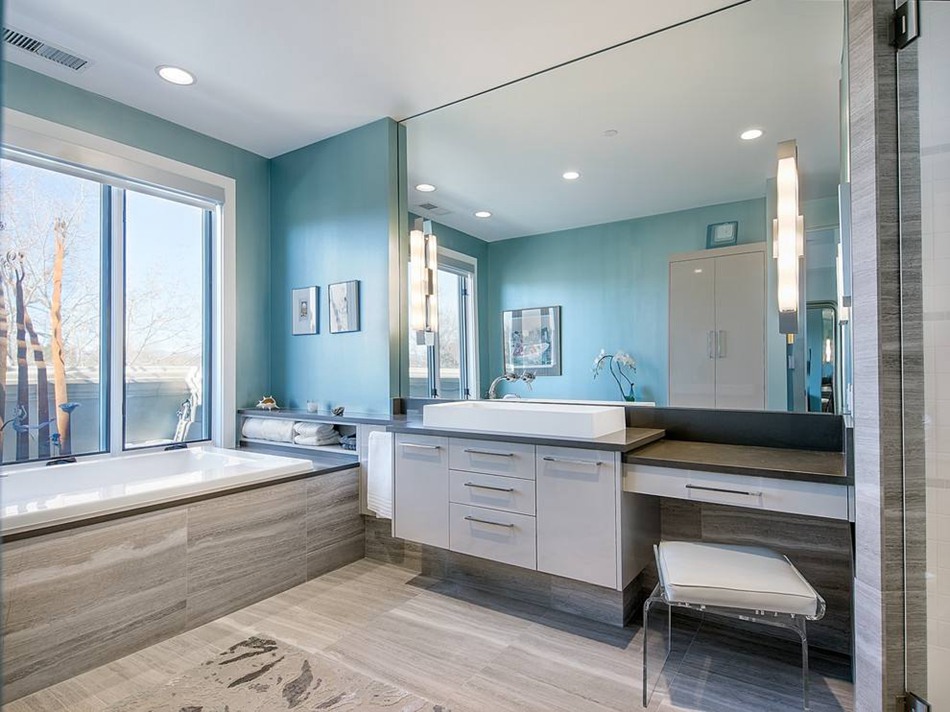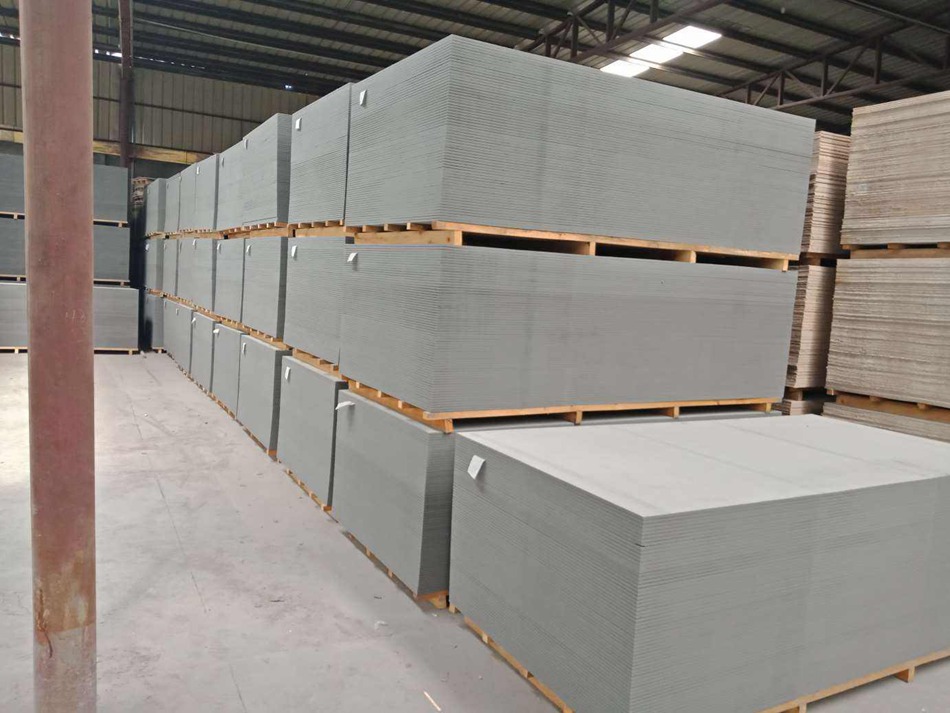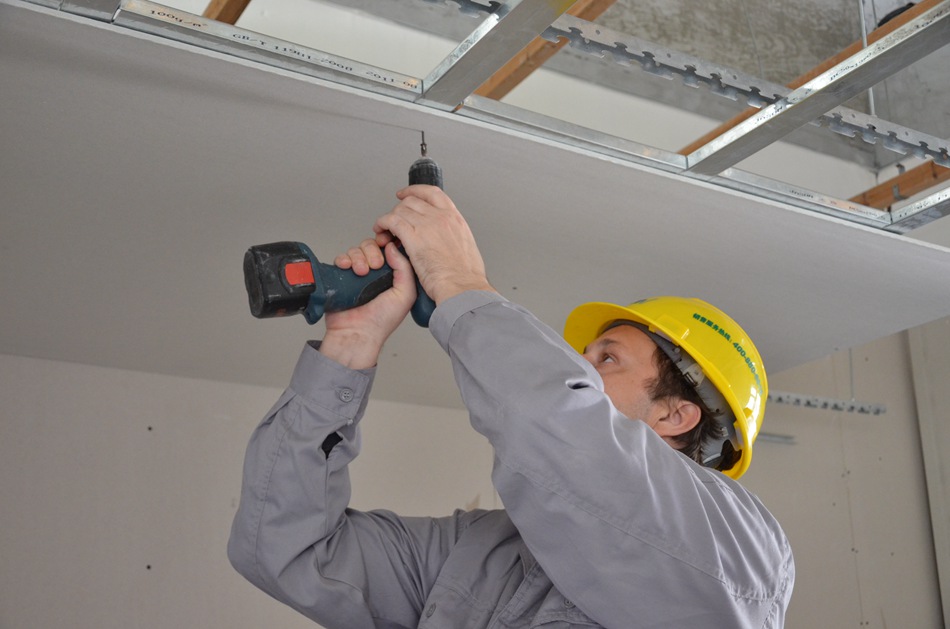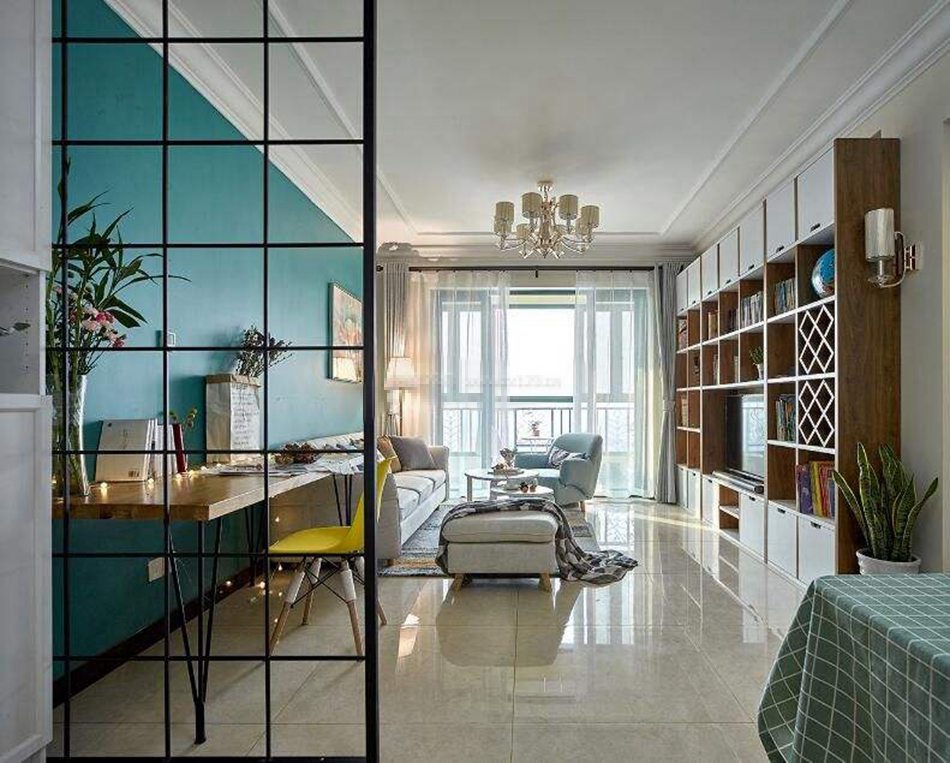- High End Gypsum Board System Solution Provider
What is the difference between gypsum board and calcium silicate board? Which one should I choose to make a ceiling
Gypsum board, as an environmentally friendly lightweight building interior decoration material, has been developed and produced in China since the 1970s and 1980s. It has gradually become a mainstream board for partition walls and ceilings during the infrastructure boom and has been widely recognized by the public. Many leading companies in the gypsum board industry, including Jason, are investing a lot of manpower, resources, and research and development costs to continuously develop systematic products and various derivative products of light steel keel gypsum boards that better meet the needs of owners and can be applied in more scenarios. At the same time, in the broad field of sheet metal, more types of materials have been developed, and calcium silicate board is one of them. Many friends often ask, what is the difference between gypsum board and calcium silicate board, and which type of board should be chosen for the same ceiling? Today, Jason's gypsum board editor will analyze the differences between the two from a technical perspective.

Firstly, the dry goods viewpoint is highlighted. Calcium silicate board has its own characteristics and application advantages, but one thing is certain. Calcium silicate board is more suitable for partition walls, especially newly built partition walls that require ceramic tiles in the bathroom, and is not very suitable for ceiling. As for the reason, leave a suspense for further discussion in the following text.

Secondly, it is important to explain the main differences between gypsum board and calcium silicate board. If budget allows, we would recommend functional gypsum boards such as Jason Uber board (fiberglass high-performance gypsum based fiber board) or fiberglass water-resistant and fire-resistant gypsum board. Because calcium silicate board has high fire and waterproof performance, not only its disadvantages but also its advantages. However, both of these advantages can be replaced, and it is more environmentally friendly and durable. Let's analyze in detail the differences between paper-based gypsum board and calcium silicate board:

① Different production materials. The raw material of calcium silicate board is any one of tricalcium silicate (Ca3SiO5), dicalcium silicate (Ca2SiO4), or calcium metasilicate (CaSiO3); The raw material for gypsum board is calcium sulfate dihydrate (CaSO4.2H2O), commonly known as gypsum dihydrate. That is to say, calcium silicate board is cement-based, while gypsum board is gypsum based.
② The waterproof and fireproof performance varies. Ordinary paper faced gypsum board does not have waterproof and fireproof properties, so if compared with ordinary paper faced gypsum board, the waterproof and fireproof performance of calcium silicate board is definitely relatively better. But if compared to functional gypsum boards, it's a different matter, for example, fiberglass surface water-resistant and fire-resistant gypsum boards can fully meet the relevant requirements.

③ The likelihood of cracking varies. This is also why calcium silicate board is not suitable for use as a ceiling. The most common process for making a ceiling is to hang a net and then apply putty to make latex paint. Due to its own moisture expansion rate, it is easy to cause small spider web cracks on the finished surface during subsequent use. However, gypsum board does not have this problem, especially the fiberglass surface gypsum board has excellent performance in crack prevention and durability.
④ The processing difficulty varies. Due to the characteristics of cement-based materials, calcium silicate boards generate greater dust during on-site processing and cutting. At the same time, the lack of protective paper may also increase the possibility of cracking and loss during on-site processing and installation. Gypsum board, on the other hand, is relatively easy to process, has good toughness, and less wear and tear.

⑤ Prices vary. In terms of basic market prices, the order is as follows: Superior board>Fiberglass surface water-resistant and fire-resistant gypsum board>Calcium silicate board>Ordinary paper surface gypsum board. Users can also choose products with corresponding cost-effectiveness based on their needs, while meeting functional requirements.
⑥ The material weight is different. Gypsum board belongs to lightweight materials, and basically, regardless of the type of gypsum board, its weight is only about half of that of calcium silicate board of the same thickness. Lightweight materials have corresponding advantages in transportation and their impact on the interior decoration load of buildings, and are also low-carbon green building materials encouraged by the country.

The difference between gypsum board and calcium silicate board is generally the above six points. After reading this article, you can basically have a clear understanding of the differences between the two and their respective areas of expertise. The quality of building materials themselves actually depends more on the different application scenarios and cost-effectiveness. If the budget allows, of course, you get what you pay for. Similarly, if the application scenarios do not have too strict requirements for functionality, as long as the environmental standards are met, it is understandable to use products with higher cost-effectiveness. Jason's gypsum board editor believes that making the most of everything is the most suitable.
(Some of the images are from the internet. If there is a possibility of infringement, please contact the editor to delete them.)
